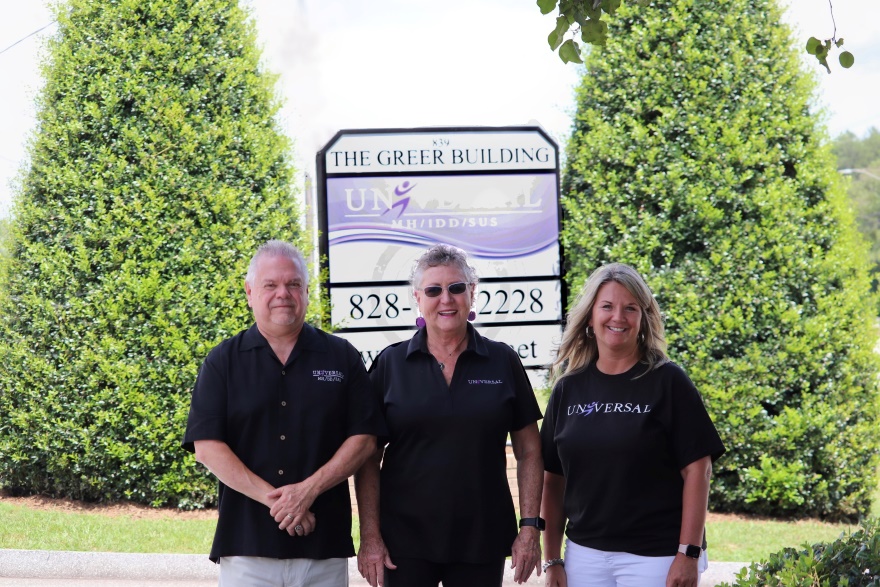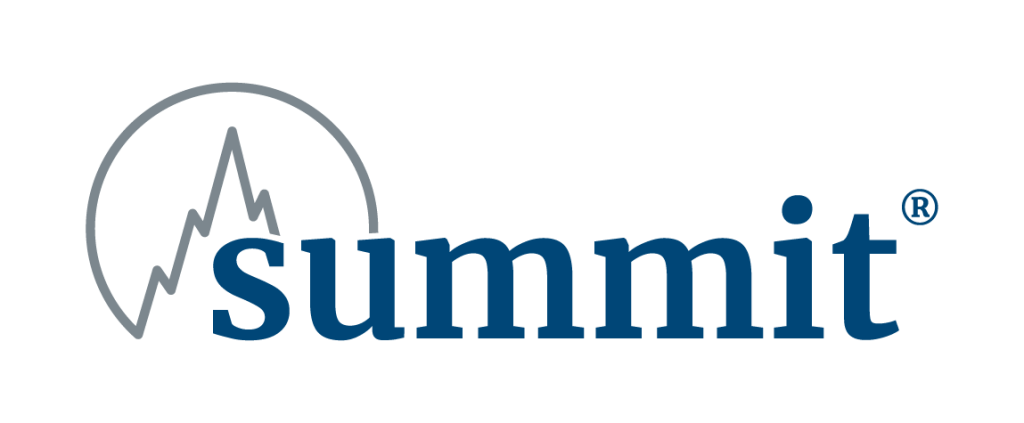North Carolina Client Lowers Mod through Safety
 Image Credits/Getty Images/Image Author
Image Credits/Getty Images/Image AuthorFor a behind-the-scenes example of what it takes to obtain a desirable mod rating, we spoke with one of our policyholders, Universal Mental Health Services, a North Carolina organization that helps individuals and families affected by mental illness, developmental disabilities, and substance abuse. Overall, the company serves roughly 1,000 people of all ages and offers a broad array of services ranging from early intervention (birth to age three), to medication management, certified peer support, alternative family living (AFL), and much more. Universal is accredited by the Commission on Accreditation of Rehabilitation Facilities (CARF).
Safety measures for high-risk situations
Universal employs approximately 700 staff members, and about 95% of them work in high-risk roles. Most of these employees provide one-on-one help in the homes or communities of the people they serve—a scenario that can come with significant risks. Despite this fact, the organization has an incredibly low mod of 0.57.* They credit their clear and consistent safety practices for this achievement.
Drema Greer, Universal’s training manager, says that some of the most hazardous conditions are in the homes of the people they serve. “Trips and falls from objects on the floor and lifting injuries are among the accidents that we have to work hard to prevent,” says Drema. “Lifting injuries can be avoided by strategically placing staff with individuals whose physical needs closely match the strength and ability of the employee.” Of course, the company also provides training on how to properly lift and move individuals.
Then the team quickly shifts to a more serious note. In the mental health field, there’s an elevated risk for violence-related injuries, but Universal takes pride in their proven expertise in preventing them. One secret? Train employees to effectively communicate with the people they work to serve. “We’ve not had to use one physical restraint in seven years,” says Drema. “Instead, we try to get a handle on the mental health of a person to determine their individual needs for certain interactions. Anytime you put your hands on someone, that’s a risk. We believe physical restraint should be avoided, unless the situation is an emergency.
“Recently, there has been a culture change, or change of mindset, to what we call person-centered communication, which recognizes and responds to the individual’s feelings and preferences,” says Drema. She and Terry Bedford, the organization’s communications director, have written a training curriculum focused on this topic, which was an approximate year-long process to develop and obtain state approval. The Universal team is able to build trust and connection with the people they serve through their ability to listen and exchange information efficiently. It’s a “meet people where they are” philosophy, Drema goes on to explain.
Covering all the bases
In addition to their industry-specific safety training, the organization also conducts training on active shooter situations, as well as standard emergency drills for fires and natural disasters. All employees are also given a first aid kit, a flashlight to keep in their cars, and CPR barriers to protect from exposure to infection when in close contact with individuals. A staff nurse handles special training for potential hazards, such as blood-borne pathogens or any specific care or equipment that a person might need, for example a tracheotomy or feeding tube.
Almost all of Universal’s field personnel transport the people they serve, so driving is another risk factor. “We have annual defensive-driving training, an additional van safety course for those who drive our larger vans and roadside safety training in case of an accident,” says Terry.
Return-to-work program
The company also has a successful return-to-work program. Getting injured workers back on the job sooner helps eliminate unnecessary wage reimbursement (indemnity) costs. This, in turn, can lower claims costs significantly and, over time, lower the mod. “Each employee is informed on what to expect in the event of an injury and signs an acknowledgement form,” says Terry. Chief Financial Officer Jennifer Carroll adds, “Our careful pairing of employees to persons served also applies to our return-to-work program. For instance, we can place an injured and recovering employee with an individual who doesn’t require as much physical work.”
“Stephanie is wonderful. She and her team inspect all work sites for risks, and afterwards, she sends me a report for each office. I send her pics showing when a problem is corrected. We have a system that works well.
– Drema Greer
Communication with Summit and each other
With 10 office locations covering all of North Carolina, Universal has a lot of ground to cover when it comes to safety—and consistency is key. “Every office is following the same procedures, and that helps us function well,” says Terry. Jennifer goes on to mention that they have a designated employee at each location to monitor safety issues. “When we do have an injury of any kind,” says Jennifer, “we look closely at what happened to prevent it from happening again.”
“Aside from all the safety measures in place, more than anything else, it’s strong internal communication that keeps their team safe and the mod low,” says Universal’s agent, Brian Reep, with Morrow Insurance Agency. “With the overwhelming majority of their team working in the field, it takes a lot of collaboration to keep their staff organized. They have a lot of experienced people on their executive and management team who provide the right direction and insight.”
Another important part of Universal’s workers’ comp process is staying in contact with their Summit Loss Prevention consultant, Stephanie Levins. “I talk to Drema at least once a month,” says Stephanie. “She comes to me with questions, and we have an open relationship with lots of communication. They provide excellent training for each employee, and they have far fewer claims than the average insured business.”
“Stephanie is wonderful,” says Drema. “She and her team inspect all work sites for risks, and afterwards, she sends me a report for each office. I send her pics showing when a problem is corrected. We have a system that works well.” These inspections count for CARF accreditation, as well.
The company also makes use of social media and quarterly newsletters to keep information circulating. “You can’t over communicate when it comes to safety,” adds Drema.
Other ways to help lower your mod
Review your loss history and mod worksheet. Think of it as checking your credit report to make sure there are no errors. If you have newer, more accurate info about your business than NCCI has, you may request a mod/loss review by Summit’s Underwriting department. Email us at [email protected].
Footnotes
*The North Carolina Rate Bureau calculates experience ratings for employers that have operations only in North Carolina.
Disclaimer
The information presented in this publication is intended to provide guidance and is not intended as a legal interpretation of any federal, state or local laws, rules or regulations applicable to your business. The loss prevention information provided is intended only to assist policyholders of Summit managed insurers in the management of potential loss producing conditions involving their premises and/or operations based on generally accepted safe practices. In providing such information, Summit Consulting LLC does not warrant that all potential hazards or conditions have been evaluated or can be controlled. It is not intended as an offer to write insurance for such conditions or exposures. The liability of Summit Consulting LLC and its managed insurers is limited to the terms, limits and conditions of the insurance policies underwritten by any of them.

